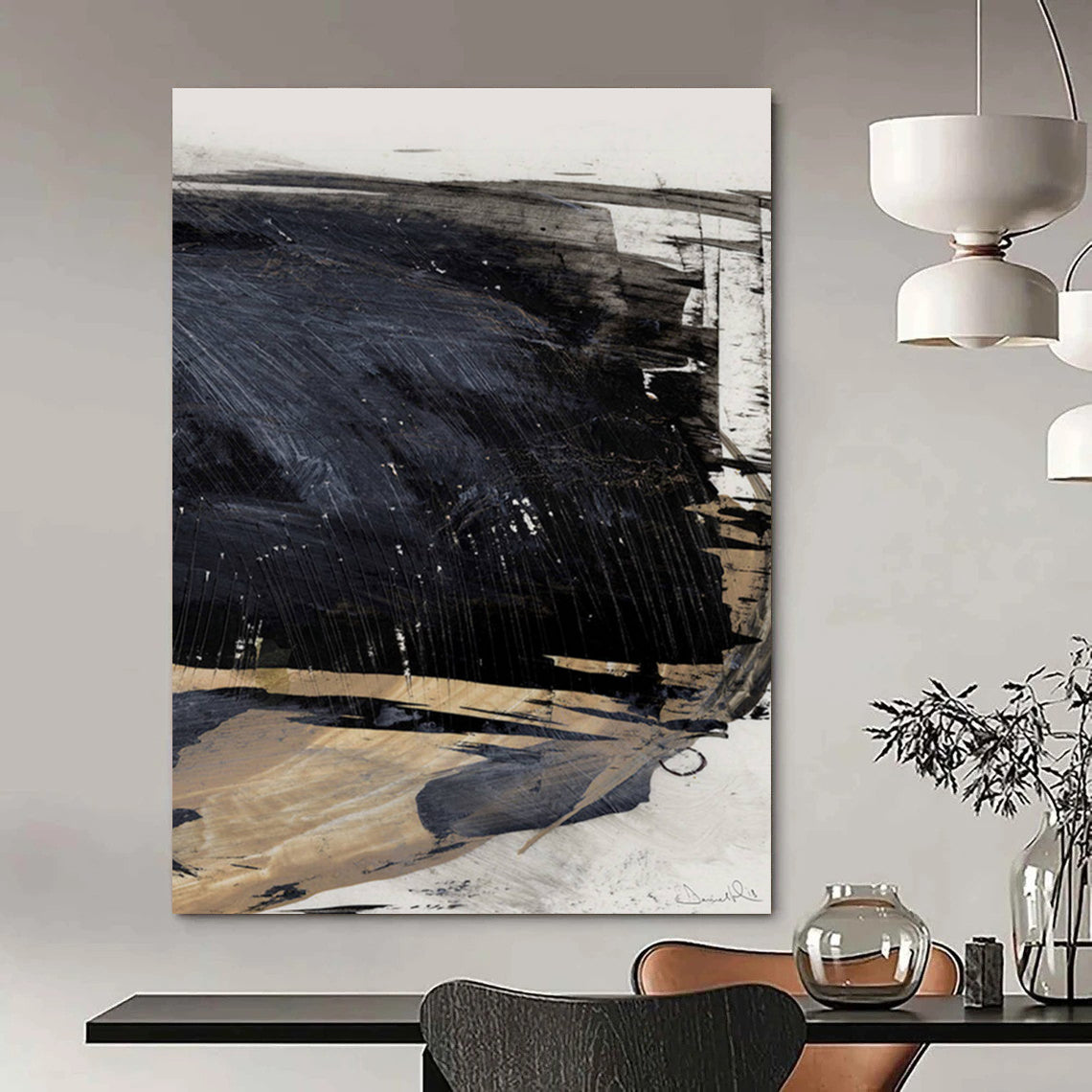Beige Abstract Art has become a compelling expression of modern subtlety, where soft, neutral shades transform into rich textures and evocative forms. This genre uses the gentle warmth of beige hues to create artworks that balance tranquility with visual intrigue, making it a favored choice for today’s refined artistic tastes. For those interested in a curated collection of such pieces, explore Beige Abstract Art, where elegant, contemporary designs embody the versatility and depth of beige tones in abstraction.
The power of beige abstract art lies in its nuanced approach to color and composition. Beige, often regarded as a calming, understated neutral, allows the focus to shift toward form, layering, and texture. This enables artists to craft compositions that feel both intimate and expansive, where subtle gradients and soft contrasts create quiet emotional resonance. Unlike bold color abstractions, beige artworks invite viewers into a meditative space of reflection and warmth.
Several renowned artists have significantly influenced the development of abstract art and its exploration of muted palettes, laying groundwork that beige abstract art builds upon. Wassily Kandinsky, a pioneer of abstract art, used shapes and color relationships to express emotion and spirituality, often including softer tones that resonate with the calm atmosphere beige abstracts evoke. Kandinsky’s Composition VI exemplifies this immersive, non-representational language that inspires many contemporary minimalist abstractions.

Mark Rothko’s works, though famous for their vibrant color fields, also demonstrate the power of subtle tonal variation. His softer hues and gradient layers share affinities with beige abstractions in their ability to evoke depth and contemplative moods. Rothko’s approach encourages viewers to feel the space and emotion between colors, a key element embraced in beige abstracts.
Agnes Martin’s minimalism equally resonates here. Known for her delicate grids and pale tonal surfaces often rendered in cream and off-white, Martin’s paintings communicate purity and quiet intensity. Her work exemplifies how restricted color palettes, including beige, create profound emotional impacts through simplicity and repetition.
Contemporary beige abstract art seamlessly blends with modern interior design, making it highly sought-after for home and office décor. Its neutral warmth complements popular minimalist, Scandinavian, and organic design approaches by adding texture and subtle visual interest without overwhelming the space. Architectural Digest highlights how abstract art in soft neutrals enhances living spaces by creating focal points that stabilize and harmonize a room’s ambiance.
For further inspiration and expert perspectives on abstract art with neutral tones, the following authoritative blog articles provide excellent insights and are recognized for their domain authority and relevance:
-
Explore expressive abstract concepts and muted palettes at Daily Painters Abstract Gallery, one of the respected abstract art blogs featuring original contemporary work.
-
Megan Chapman’s portfolio and reflections on abstract painting’s nuances are detailed at Megan Chapman Studio Blog, which offers deep dives into composition and atmospheric abstraction.
-
Thoughtful discussions about abstract art’s emotional resonance can be found at Ruth Armitage Blog, where abstract landscapes intersect with personal memory and nature.
-
The contemporary art gallery Virtosu shares content on innovative abstract expressions, including neutral and earthy tones, at Virtosu Art Blog.
-
Lynne Taetzsch's insights into contemporary abstract paintings, including neutral palettes, are available at Art by LT Blog.
These blogs provide a wealth of information about abstract art’s evolving language, the significance of neutral colors like beige, and the interplay of texture and form.
Featured Artists and Iconic Works
Wassily Kandinsky — Composition VI (1913)
Kandinsky’s pioneering compositions demonstrate how abstract forms and softened palettes evoke spiritual and emotional depth beyond literal representation.
Mark Rothko — Soft Tonal Paintings
Rothko’s gentler color fields illustrate the meditative potential of subtle tonal gradations, analogous to the calming presence of beige abstract art.
Agnes Martin — Minimalist Grids in Pale Tones
Martin’s work is a masterclass in emotional resonance through minimalism, with beige and cream shades crafting harmonious, contemplative spaces.
FAQ
What is Beige Abstract Art?
Beige Abstract Art emphasizes the use of soft, neutral beige tones to create abstract compositions that prioritize texture, shape, and emotional subtlety over vibrant colors.
Which artists have influenced beige abstract art?
Key figures influencing this style include Wassily Kandinsky for his abstract innovations, Mark Rothko for his tonal depth, and Agnes Martin for minimalist emotional clarity using pale shades.
How does beige abstract art fit into modern interior design?
Its neutral palette harmonizes with minimalist, Scandinavian, and natural design trends by adding warmth and understated focal interest without clashing with existing decor.
Where can I find curated beige abstract art collections?
A thoughtfully curated selection is available at Beige Abstract Art, offering pieces suitable for both home and professional spaces.
What feelings does beige abstract art evoke?
Beige abstracts often inspire calmness, introspection, warmth, and subtle emotional engagement, inviting viewers to appreciate nuance and quiet sophistication.

